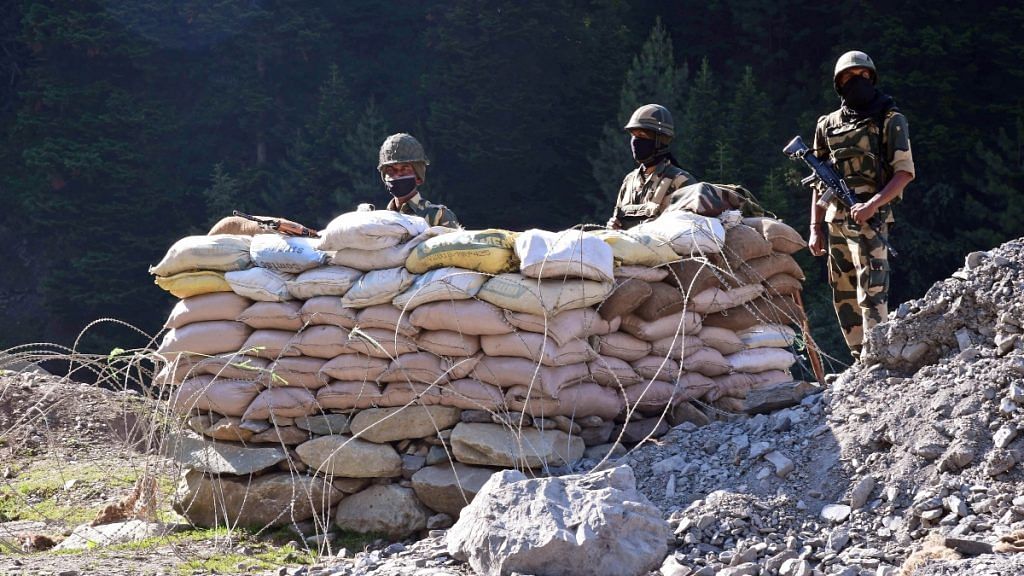New Delhi: The rules of engagement at the Line of Actual Control (LAC), which had put certain restrictions on soldiers, have been changed, and the Chinese have been told about it both at military and diplomatic levels, ThePrint has learnt.
“The rules of engagement have changed. The Army commander on the ground will decide on the tactics to be used to counter any kind of aggression. There is nothing now that binds the commander from taking certain kinds of tactical decisions,” a source told ThePrint.
The decision comes following the clash Monday evening in the Galwan Valley, Ladakh, which claimed the lives of 20 Indian soldiers, including the commanding officer of 16 Bihar battalion, and injuries to several others.
Ten Indian soldiers were also taken hostage by the Chinese, but released Thursday after hectic negotiations at the military and diplomatic levels.
ThePrint on 17 June reported India is likely to review the rules of engagement and Standard Operating Procedures at the LAC in wake of the Galwan incident.
Also read: India learnt the wrong lesson from 1962 China war. Modi govt must be more open
‘India will counter forcefully any violence by China’
Sources said Army commanders will have the full freedom to put in use any instrument under his command for tactical operations as deemed fit.
One of the main questions was the use and carrying of firearms. Sources said, on the ground, the practice was that not all carried loaded firearms while on patrol.
The practice of not opening fire draws its inspiration from the 1996 agreement between India and China, which says “neither side shall open fire or conduct blast operations within 2 km of the Line of Actual Control”.
After the 5 May clash in Pangong lake, soldiers posted there were supplied with light anti-riot gear, including body armours, shields and fibre lathis.
“The Chinese have been told both at diplomatic and military levels that rules of engagement have changed. India will counter forcefully any kind of misstep or violence by China,” another source said.
Also read: To hit China, aim carefully. Don’t shoot yourself in the foot
